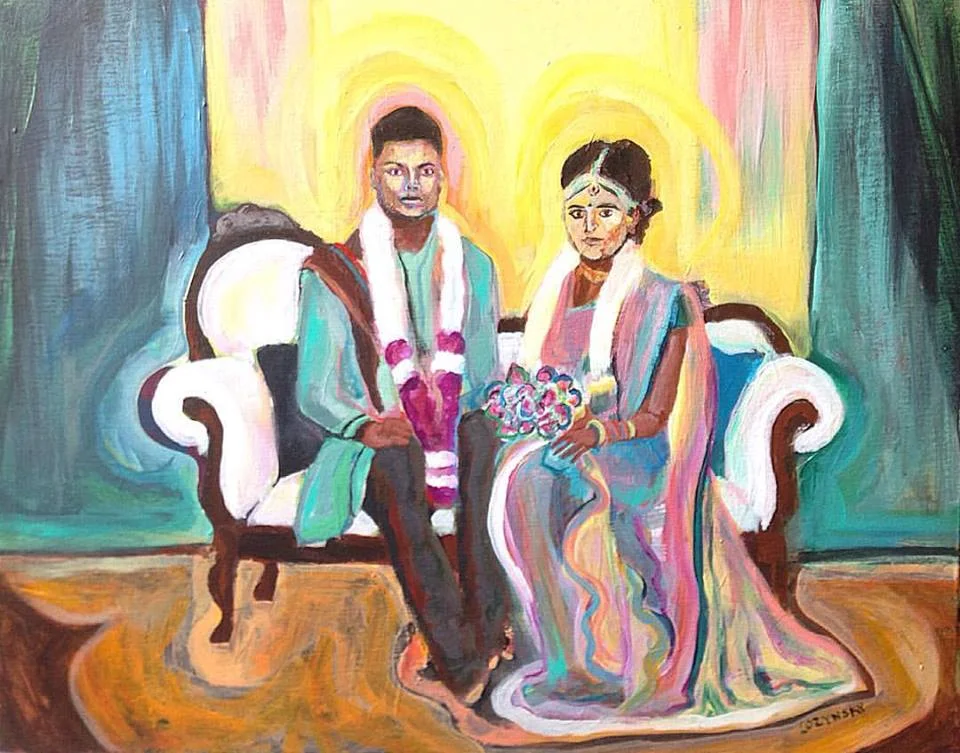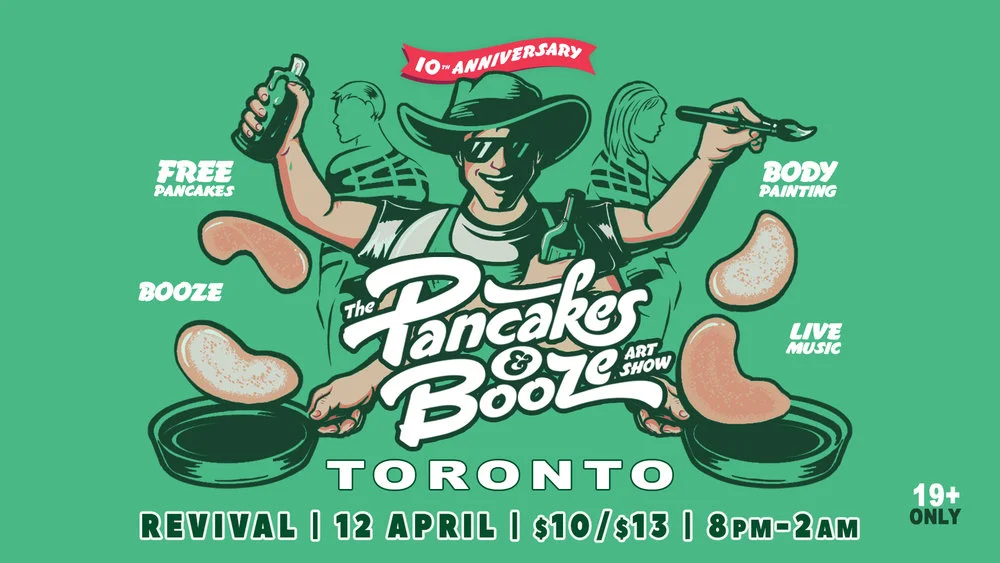Pancakes and Booze Toronto April 12
Pancakes and Booze Toronto April 12
Event Date: April 12
Location: Revival 8pm- 2am
$10/$13
Aaron Lozynsky is an Akin Lansdowne member and is the Canadain coordinator of Pancakes and Booze Toronto. Pancakes and Booze is an LA based event originated in 2009 and has since popped up more than 500 times in 35+ cities around Europe & North America.
Batter sizzles, beer foams, and canvas lines the walls from ceiling to floor as hundreds, sometimes thousands, of revelers indulge in endless pancakes.
This is no stuffy wine-and-cheese, pretentious, someone-gag-me art event. It’s an innovative reimagining of the art show concept. A welcoming vibe for up-and-coming artists to sell and strut their stuff in a free verse, anything goes environment.
Pancakes and Booze travels the world transforming some of the best music venues and event halls into exhibitions of art, photography, jewelry, & music. Pancakes and Booze focuses on keeping the work on display local and original in an effort to help living artists of all types sell their work. Each show features up to 150 local artisans, a unique lineup of live musicians and/or DJs, live painting, and body painting along with many other forms of entertainment.As well as free PANCAKES all night! Pancakes and Booze aim is to bring the art community and those outside the artist community together by creating an upbeat and unique event. They work to make each event a judgement-free environment in which artists, potential buyers, and pancake fanatics alike can make connections with a diverse community that they may not have an opportunity to engage otherwise.
About the Artist:
Akin Lansdowne member Aaron Lozynsky is a Toronto based Canadian visual artist. Exploring the human figure and the soul. Conveying the energy and vitality of my subjects with expressive colour and vibrant brushwork. Acrylic works on panel board that illuminate their surroundings.



